You have reached the maximum number of views available on this site without registering.
Attachments
-
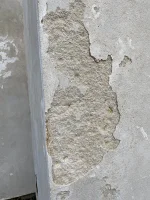 E7330FCA-735E-4D1F-B329-3E824230DAF4.webp1.2 MB · Views: 1,430
E7330FCA-735E-4D1F-B329-3E824230DAF4.webp1.2 MB · Views: 1,430 -
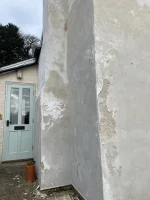 4334C887-1D8C-4F47-A8BD-3552BB893003.webp692.9 KB · Views: 587
4334C887-1D8C-4F47-A8BD-3552BB893003.webp692.9 KB · Views: 587 -
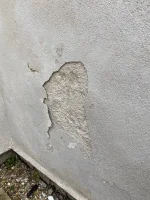 A9228E0F-DC88-4AF1-B26A-F0B6A0BCDE9C.webp1.4 MB · Views: 716
A9228E0F-DC88-4AF1-B26A-F0B6A0BCDE9C.webp1.4 MB · Views: 716 -
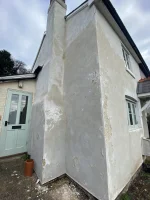 B572F65F-10C9-41AA-B7C1-AF5EBA66A0CB.webp438.1 KB · Views: 894
B572F65F-10C9-41AA-B7C1-AF5EBA66A0CB.webp438.1 KB · Views: 894 -
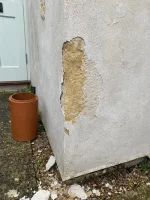 A30A024E-6AE0-4585-9FEC-FFE758B44379.webp1.2 MB · Views: 537
A30A024E-6AE0-4585-9FEC-FFE758B44379.webp1.2 MB · Views: 537 -
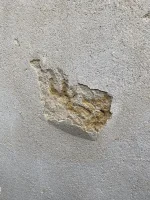 BA187BD5-F7AE-4D4A-971B-98A3950C483C.webp1.6 MB · Views: 519
BA187BD5-F7AE-4D4A-971B-98A3950C483C.webp1.6 MB · Views: 519
